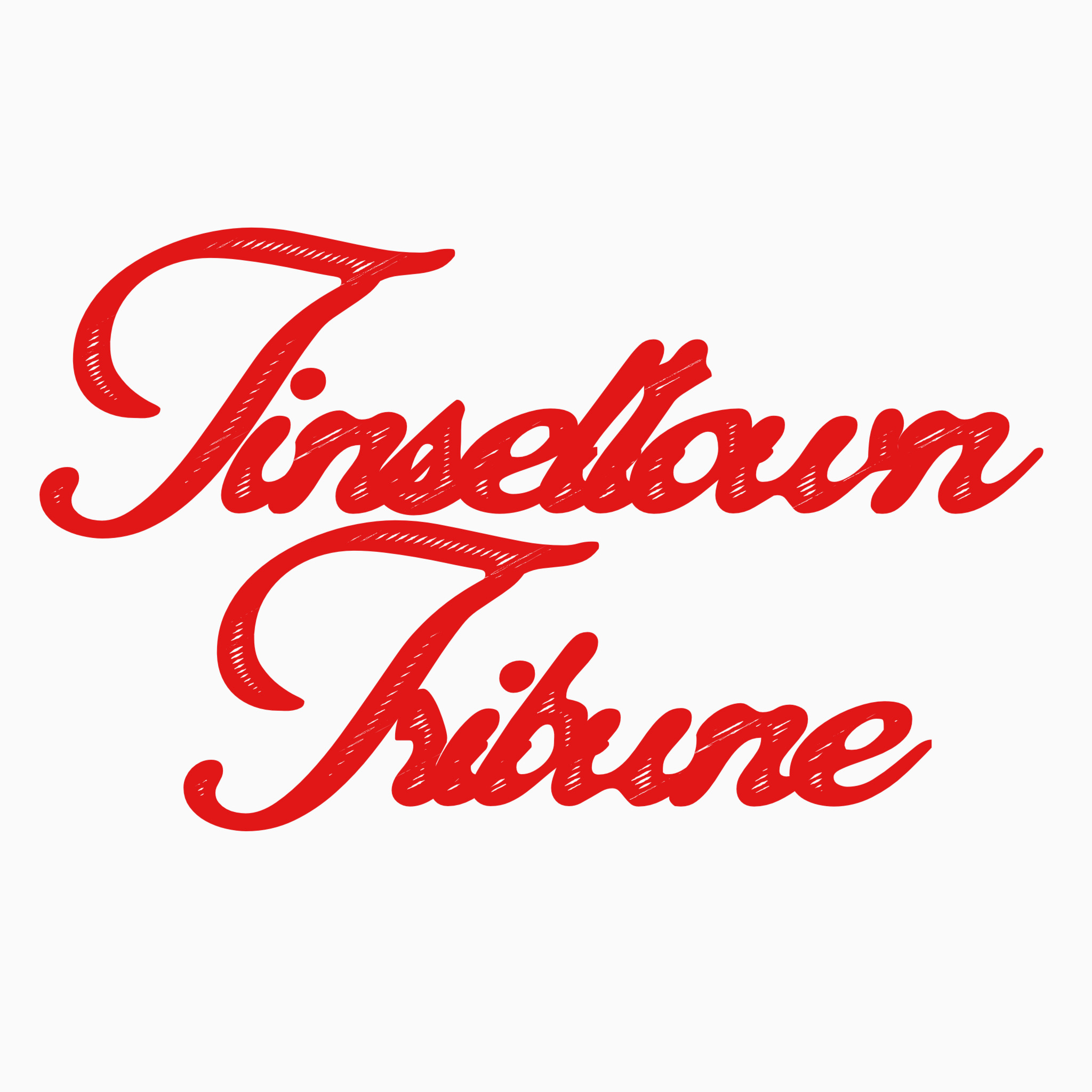Maggie Gyllenhaal’s cinematic offering, “The Bride,” is poised to challenge conventions within the realm of horror and romance. With a staggering budget of $100 million, this ambitious feature reimagines the timeless tale of Frankenstein through a modern lens. Set against the backdrop of 1930s Chicago, the film’s narrative weaves together elements of steampunk aesthetics and poignant commentary on social issues. Gyllenhaal and lead actress Jessie Buckley recently showcased the film’s first footage at CinemaCon, leaving many eager to see how the project will unfold.
Gyllenhaal’s vision centers around Dr. Euphronius, played by an undisclosed actor, who is commissioned by Frankenstein to create a companion. This leads to the reanimation of a murdered woman, resulting in a captivating relationship marked by intrigue, societal upheaval, and undeniable chemistry between Buckley’s character and the iconic Frankenstein monster, portrayed by Christian Bale. The film’s enticing premise echoes a contemporary societal desire for companionship and understanding, even amidst horror.
A Complex Relationship Forged in Chaos
In the brief footage unveiled, Buckley’s character experiences a dramatic resurrection, which speaks volumes to the complexities embedded within “The Bride.” She describes the dynamic between her character and the monster as “the punkest love that’s ever existed,” likening it to legendary duos such as Bonnie and Clyde. This description alone sets the tone for a love story infused with danger and passion—the essence of what makes forbidden romance so alluring.
Upon witnessing the Bride’s treacherous fall, audiences are swept into an unpredictable journey. Buckley further praises Gyllenhaal’s script for its innovative and electric dialogue, promising an exploration beyond the surface-level thrills typically associated with horror films. The language used sets “The Bride” apart, hinting at a narrative depth that provokes thought and invites emotional investment.
Gyllenhaal’s Vision: From Inspiration to Execution
Gyllenhaal’s creative journey to bring “The Bride” to life appears rooted in her desire to create something “pop and big” after her success with “The Last Daughter.” The serendipitous moment that inspired her was witnessing a man adorned with a Bride of Frankenstein tattoo. This spark of inspiration has translated into a bold, radical retelling that boldly colors outside the lines of the original story, where the Bride was a mere footnote—silent and static.
The movie’s narrative cannot be dissected without acknowledging the political undertones that underpin it. Gyllenhaal suggests that everyone possesses a “monstrous” quality, a nuance that adds an enriching layer to the plot. By crafting heroes from those typically viewed as monsters, “The Bride” compels audiences to reconsider their perceptions of identity, love, and societal norms.
Production Choices Reflecting Gyllenhaal’s Artistic Integrity
As production shifted from Netflix to Warner Bros., Gyllenhaal faced hurdles but ultimately secured the support to film in New York, as per her original vision. Embracing the IMAX format was another bold decision that allows the film to immerse viewers fully. The inclusion of acclaimed actors such as Peter Sarsgaard, Annette Bening, and Penélope Cruz promises to add a rich tapestry of performances that will undoubtedly elevate the film.
While “The Bride” is slated for release on March 6, 2026—eagerly anticipated after a brief postponement—it stands on the cusp of redefining genre tropes. This intriguing blend of horror and romance is expected to resonate deeply with viewers searching for something different, something that invokes both fear and affection in equal measure. As Gyllenhaal’s vision unfolds, the excitement surrounding “The Bride” continues to grow, positioning it as one of the most unique films to watch in the coming years.

